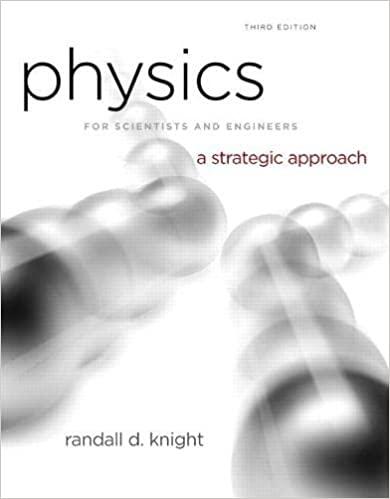In fluorescence microscopy, an important tool in biology, a laser beam is absorbed by target molecules in
Question:
In fluorescence microscopy, an important tool in biology, a laser beam is absorbed by target molecules in a sample. These molecules are then imaged by a microscope as they emit longer wavelength photons in quantum jumps back to lower energy levels, a process known as fluorescence. A variation on this technique is two-photon excitation. If two photons are absorbed simultaneously, their energies add. Consequently, a molecule that is normally excited by a photon of energy Ephoton can be excited by the simultaneous absorption of two photons having half as much energy. For this process to be useful, the sample must be irradiated at the very high intensity of at least 1032 photons/m2 s. This is achieved by concentrating the laser power into very short pulses (100 fs pulse length) and then focusing the laser beam to a small spot. The laser is fired at the rate of 108 pulses each second. Suppose a biologist wants to use two-photon excitation to excite a molecule that in normal fluorescence microscopy would be excited by a laser with a wavelength of 420 nm. If she focuses the laser beam to a 2.0-μm-diameter spot, what minimum energy must each pulse have?
Step by Step Answer:

Physics For Scientists And Engineers A Strategic Approach With Modern Physics
ISBN: 9780321740908
3rd Edition
Authors: Randall D. Knight





